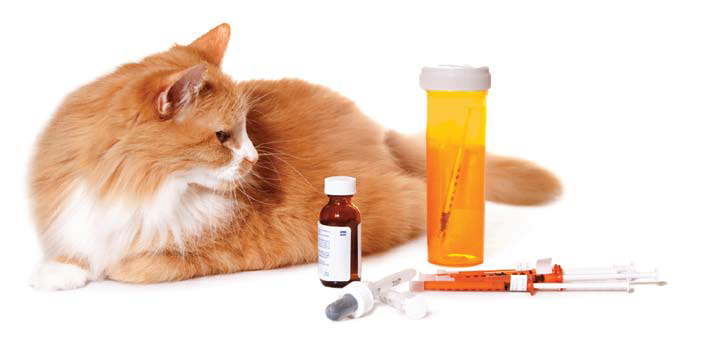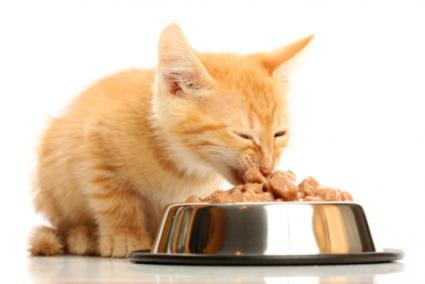Health
A Guide To Feeding A Cat With Diabetes
Last week, we shared a guide to feeding a dog who has diabetes. This week, we’re shifting focus to dogs’ feline frenemies; the cats. Diabetes amongst house cats is on the rise – it’s estimated that one in ten house cats suffers from the condition.
Feline Diabetes: The Background
Cats tend to be affected by a type of diabetes that resembles type 2 diabetes in the human. Therefore, the cat’s body becomes less sensitive to insulin, which facilitates the absorption of sugar into his blood stream. Therefore, sugar builds up in the cat’s bloodstream causing symptoms like frequent urination, extreme thirst and possibly life threatening conditions.
Lifestyle factors like being sedentary and eating an improper diet can lead to your cat developing diabetes as can genetics. Other medical conditions, like obesity, chronic pancreatitis and hyperthyroidism can also make a cat more vulnerable to diabetes.
In case your cat begins to display symptoms associated with feline diabetes, like increased thirst, an increase in appetite, sudden weight loss, increased urination and lethargy, take him or her to a vet, who can make a diagnosis after a blood test. If your cat tests positive for diabetes, your vet will recommend a variety of lifestyle changes, possibly including insulin shots and a diet overhaul.
The Diet For A Diabetic Cat
A diet for a diabetic cat is very different from the diet of a regular cat. If their cat eats packaged food, owners will need to star monitoring the contents of the food to protect their cats from excess sugar, or begin shopping for diabetes friendly pet food.
An owner also needs to find out how to strike the correct balance between different food groups – most experts recommend cutting down on the amount of carbs the cat gets and increasing the amount of protein. Here are some things to keep in mind:
Lower or Eliminate Carbohydrates and Increase Proteins
In the wild, a cat feeds by hunting prey. A majority of his food, therefore, is animal protein with a minimal amount of carbohydrates. Fibre typically comes from the plant matter that his prey has eaten.
Domestic cats need a diet that follows the same pattern – it’s unnatural for them to eat high amount of carbohydrates. Carbohydrates are hard for cats bodies to process, and so they tend to store it in the form of fat, leading to obesity which messes with sugar levels. Additionally, carbohydrates contain a variety of sugars which your cat will not be able to process.
Instead, fill your cat’s diet with high quality, lightly cooked proteins including duck, chicken, lamb and fish. For a store bough diet, ensure that the protein to carbohydrate ratio is at least 2:10.
Regular Meals
You may be used to leaving dry food for your cat out for him to feed whenever he wants. With a diabetic cat, you need to be a lot more careful; its necessary to feed him regular meals and time them with his insulin shots.
It’s very important that you coordinate your meals with the insulin dosing,” says Kathryn Michel, DVM, associate professor of Nutrition at the University of Pennsylvania School of Veterinary Medicine to Pets.WebMD. “You need to have their meals timed with their insulin, so they’re absorbing those calories when the peak insulin is occurring so they don’t become hypoglycemic.”
Consult with your vet to find out the optimum time for feeding your cat.
Monitor Your Cat’s Health
Keep track of your cat’s blood glucose levels at regular intervals through the day; perhaps a few hours before feeding, just after feeding, after his insulin shot and a few hours after feeding. Not only will this give you an idea about his own unique dietary needs and how to adapt his diet around it, it will also be useful information for a vet during check ups or in case of emergency.
























